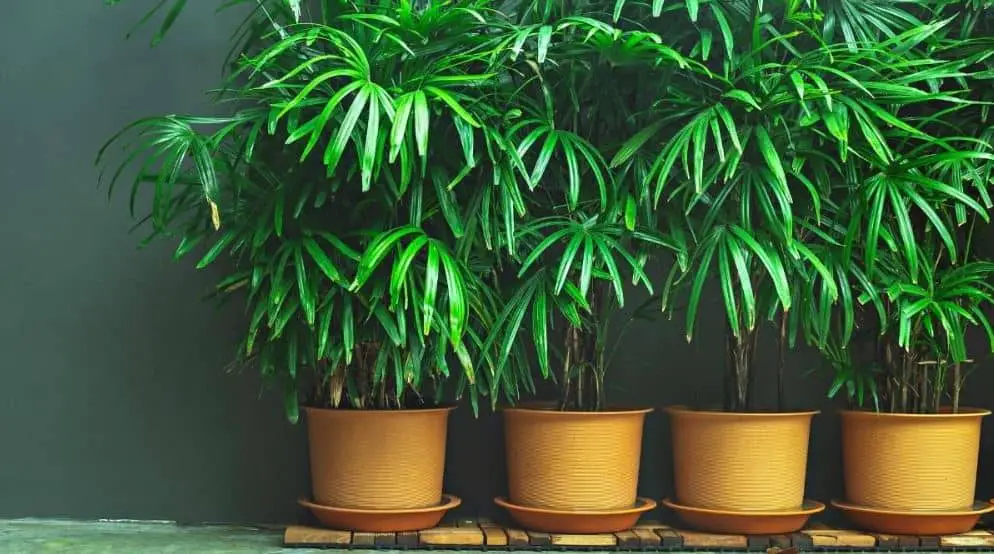Interior palm plants provide a home’s interior with an opulent, exotic impression. Growing spindle palm inside is a joy for northern gardeners who often can not cultivate tropical foliage outdoors. Instead of the traditional boulevard palms, which can grow to more than 25 feet (8 meters), palm tree houseplants are a terrific option for cultivating these gorgeous warm-weather plants more compactly. The more manageable potted palm retains all the style and glitz of its in-ground relatives while being more space-conscious.

Spindle Palm Houseplant
Indoor plants with spines are quite frequent. The tree is indigenous to the nearby Mascarene Islands, growing well on arid sand. While it is only hardy in USDA zone 11, it makes a great indoor tree, and its slow growth makes it ideal for containers. Spindle palms may be grown inside, but there are a few concerns, chief among them the amount of water this lovely palm requires.
Spindle palms may have 6 to 10 feet (2-3 meters) long fronds and can reach heights of 20 to 25 feet (6-8 meters) in their natural habitat. The plant has the impression of lacy foliage due to the leaves of many leaflets. This palm is notable for having a spindle-shaped stem that swells just above the base and then narrows close to the crown. The result is distinctive and attractive, and the boot is further embellished with a ringed design.
The tree will grow slowly and stay smaller when placed in a container. In maturity, indoor trees often reach 6 feet (2 meters). Palm tree indoor plants work well in rooms with strong lightings, such as a foyer or dining room. To create a tropical atmosphere in a sunroom, try utilizing a spindle palm houseplant.
Spindle palm indoor care
The simple care of the spindle palm indoor plant is one of its greatest features. While it can withstand less light, the plant thrives in direct sunlight. This plant can withstand temperatures between 35 and 80 degrees F. (1-26 C.).
A spindle palm grown indoors needs regular watering and a planting medium that drains properly to avoid becoming soggy. Adding a bit of grit, like sand, can improve drainage and create loose soil for optimal root development. When the earth is halfway dry, thoroughly water it.
Keep an eye out for pests like scale and mealybugs. Use alcohol wipes to combat them. The plant sometimes loses its old leaves. If you do not want to wait for the palm to naturally shed the dead foliage, trim the leaves when they turn brown.
Like other plants, palms need additional fertilizers, particularly those grown in containers. A spindle palm must depend on its potting soil for some of these nutrients when grown indoors. When the soil is exhausted, and the roots are tangled, repot the plant every two years.
Potassium deficiencies are common in people with spindle palms. Use a palm snack that has both potassium and magnesium. At the time when the plant is actively developing, fertilize it every two to three months. Stop feeding throughout the winter. To avoid salt accumulation, thoroughly water the plant food into the soil.
Spindle palms need relatively little maintenance inside and are not very picky trees. Admire the statuesque palm in practically any interior space, and in the summer, move it outside for some sunlight and fresh air.

